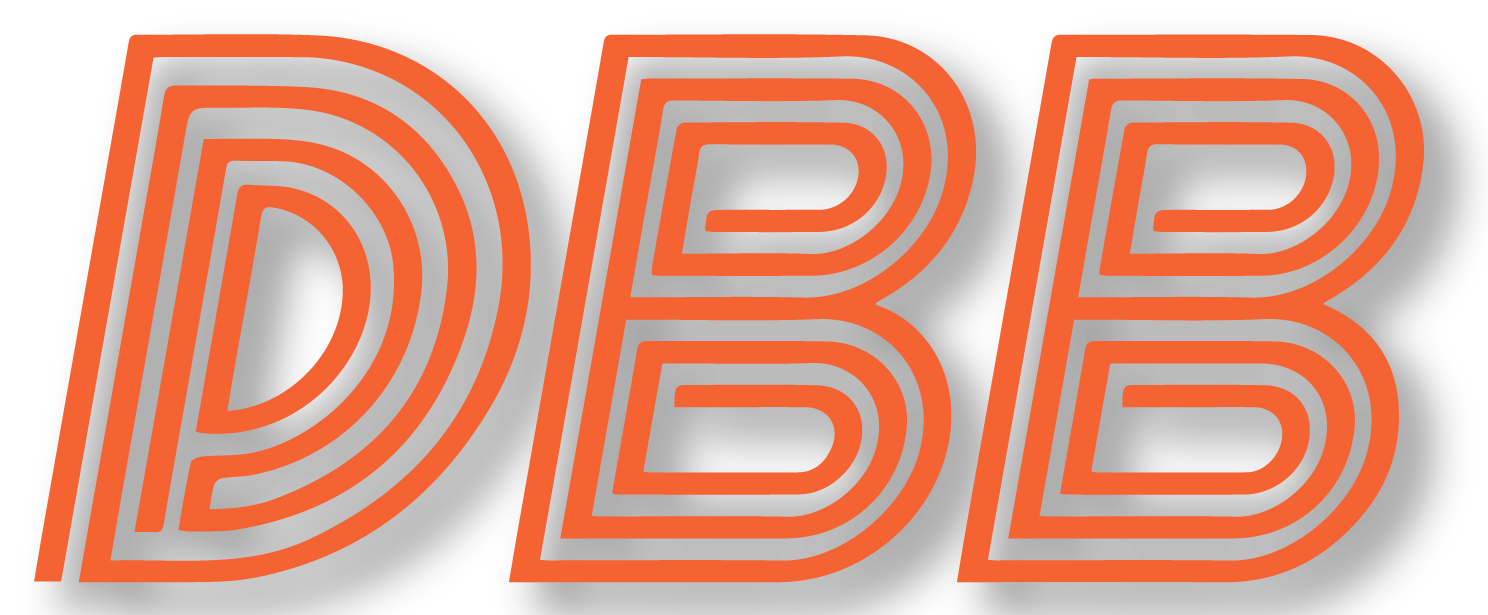The Bears have limited resources to improve their team this offseason, and a lot of attention is going to be focused on using those resources to fix the offense. On the surface, this makes quite a bit of sense; as you can see in the table below, which looks at a variety of all-encompassing stats for each side of the ball, the Bears had an average to below-average defense and one of the worst offenses in the NFL.
However, the Bears would be wise not to ignore the defense, either. For starters, that unit has several key contributors from 2021 who are scheduled to be free agents, including five players who spent the bulk of the season as starters (Akiem Hicks, Bilal Nichols, Alec Ogletree, Artie Burns, Tashaun Gipson). Those players will need to be re-signed or replaced, and none of them have obvious in-house replacements already on the roster.
But Chicago has to be careful not to overspend on defense, because the offense definitely needs investment as well. The table below shows the veteran players currently under contract for 2022 on both offense and defense with a cap hit of at least $3 million. The offense is shown on the left in blue, and the defense on the right in orange. As you can see, it’s quite lopsided (data from Over the Cap).











